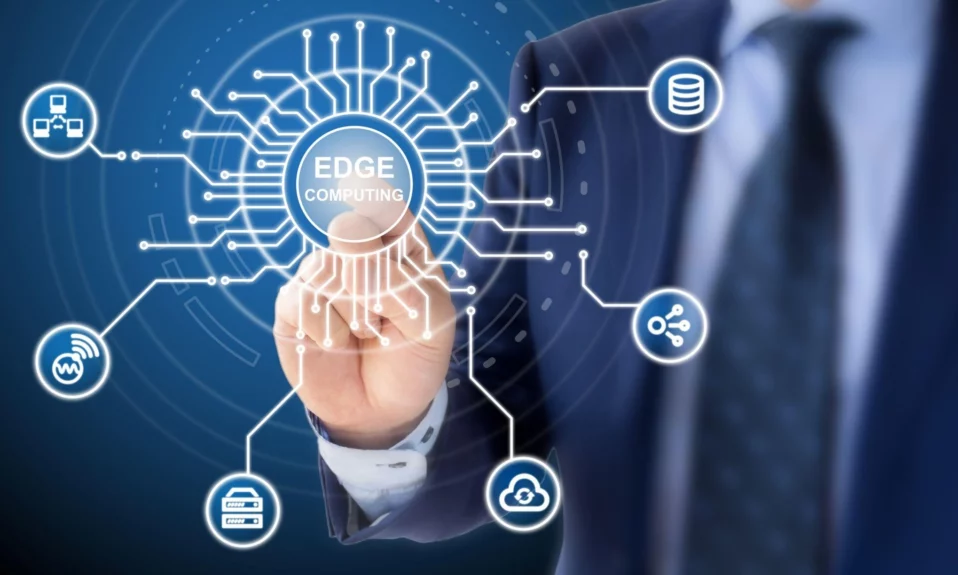
WHO IS INDIA’S NEXT PRIME MINISTER-2024?
Indian Prime Minister Narendra Modi declared on Sunday his commitment to increasing investments in social welfare, enhancing infrastructure, and positioning India as a prominent manufacturing destination on the global stage. This comes as companies are looking to move their operations away from China. Modi, representing the Hindu nationalist party, aims to secure a third consecutive term in office. Alongside other leaders from the Bharatiya Janata Party, he laid out these pledges just before the commencement of a multi-phase general election in the world’s largest democracy.
Modi pledged to expand on social programs initiated during his party’s decade-long governance, which include provisions such as millions of free homes for the impoverished, access to healthcare, distribution of cooking gas, and free grain. Additionally, his administration has been providing financial assistance of 6,000 rupees ($73) annually to farmers in need.
“Progress and Participation: Transforming India’s Democracy”
He highlighted that since assuming power in 2014, his government’s policies have uplifted 250 million individuals from poverty. With a population exceeding 1.4 billion, India holds the title of the world’s most populous country. The president of the BJP, J.P. Nadda, asserted that less than 1% of the Indian population now lives in extreme poverty.
India conducts its elections in various phases across different regions, spanning several weeks. The voting process for the parliamentary elections is scheduled to commence on April 19 and will continue until June 1. The announcement of the election results is set for June 4.
Election Dynamics: Modi’s Promises and Opposition Concerns
Most polls are indicating a probable win for Modi and the BJP. However, the opposition Congress Party argues that Modi has eroded India’s democratic values and prioritised the interests of the wealthy.
Modi has been actively campaigning across the nation, making ambitious promises to boost India’s economy to $5 trillion by 2027, up from approximately $3.7 trillion. He also pledges to propel India towards developed status by 2047, marking the nation’s 100th year of independence from British rule.
Modi’s Vision for Economic Growth and Infrastructure Development
During his recent address, Modi outlined his party’s vision to establish India as a centre for industries like pharmaceuticals, energy, semiconductors, and tourism. He also pledged to modernise the country’s infrastructure, including railways, airways, and waterways. Additionally, he vowed to create more job opportunities for the youth and facilitate access to affordable loans for budding entrepreneurs.
Modi enjoys widespread popularity in India, largely due to his image as a defender of the Hindu majority and his role in steering the country towards rapid economic progress.
Concerns Over Secularism and Democracy: Criticisms of BJP Governance
However, critics argue that granting the BJP another term could jeopardise India’s identity as a secular and democratic nation. They point out that during its previous ten years in power, the BJP administration has been associated with increased attacks by Hindu nationalists against minority groups, particularly Muslims. Furthermore, there are concerns about a diminishing space for dissent and a free press under the current government.




